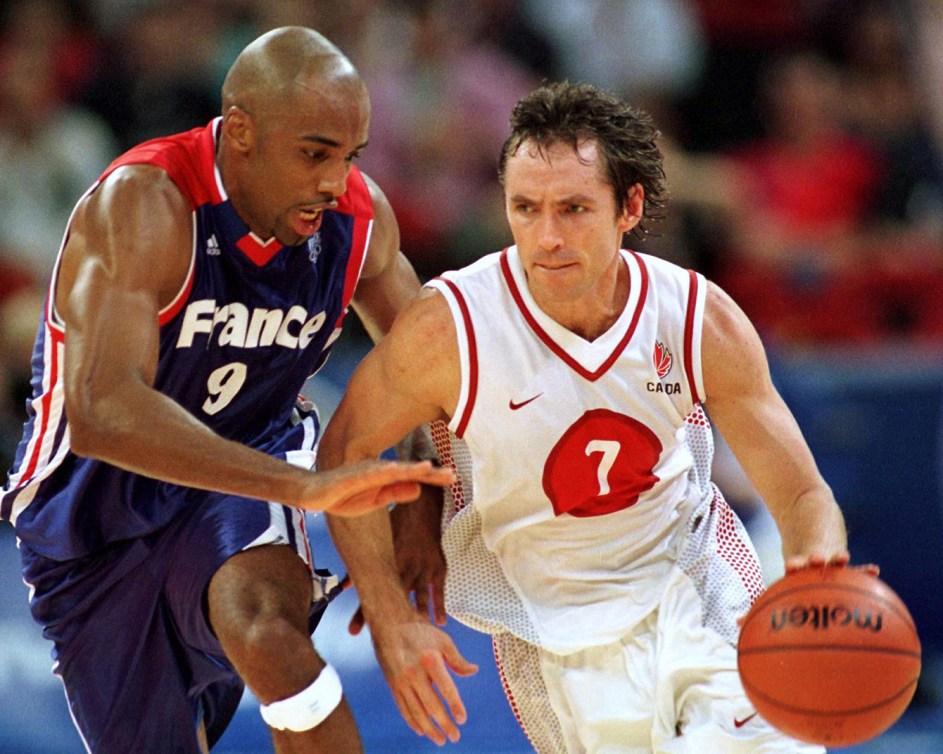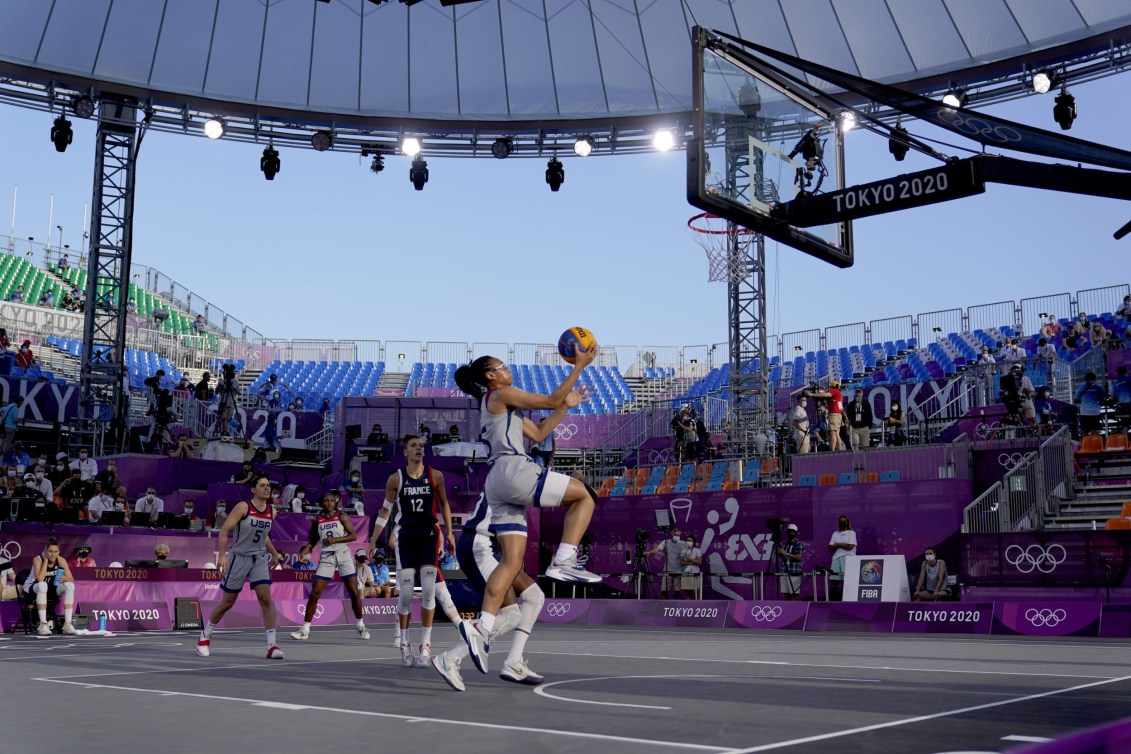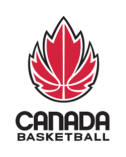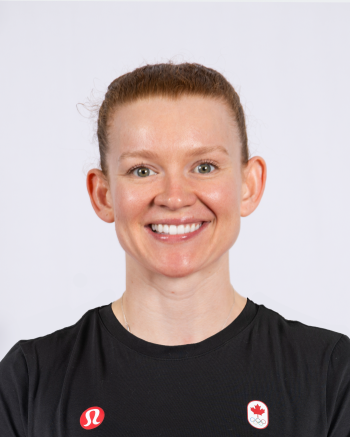Basketball
Team Canada Medal Count
Sport Overview
Basketball at Paris 2024
Venues: Pierre Mauroy Stadium (basketball preliminaries phase), Bercy Arena (basketball finals phase), La Concorde 1 (3×3)
Competition Dates: Basketball – July 27-August 4, August 6-11 (Days 1-9, 11-16); 3×3 – July 30-August 5 (Days 4-10)
Events: 4 (2 men, 2 women)

Basketball was invented by Canadian professor James Naismith at Springfield College in Massachusetts in December 1891. It didn’t take long for the game to evolve into something resembling the modern version. Dribbling became accepted, the team size dropped from nine to five, and field goals were changed from three to two points. The soccer ball Naismith had used was replaced by a larger leather-covered ball and instead of peach baskets (from which the ball was retrieved manually), there were nets attached to metal rims.
The traditional full-court team game has been part of the Olympic program since Berlin 1936. In a further evolution of the sport, 3×3 basketball made its Olympic debut at Tokyo 2020.

The men’s and women’s Olympic basketball tournaments each feature 12 teams of 12 players, although only five players are on the court at any one time. The teams in each tournament are divided into two groups of six for a preliminary round robin, earning two points for a win and one point for a loss. The top four teams in each group advance to the single elimination phase, beginning with the quarterfinals.
Although professional players, including those in the NBA and WNBA, have been allowed to compete in the Olympic Games since Barcelona 1992, international rules differ from the NBA in some notable areas. Each game consists of four 10-minute quarters (versus 12-minutes in the NBA). In the event of a tie at the end of regulation, the game will continue with as many five-minute overtime periods as necessary. At 28m long and 15m wide, the international court is slightly smaller than that of the NBA and WNBA (28.65m x 15.24m). The international three-point line is an arc of radius 6.75m from the basket (versus 7.24m in the NBA). The height of the net is the same under both rules, 3.05m above the floor.
The men’s and women’s 3×3 Olympic tournaments each feature eight teams of four players, although only three players are on the court at any one time. Each tournament begins with a round robin amongst all eight teams, from which the top six advance to a knockout round. The top two teams receive a bye directly to the semifinals while the other four teams play quarterfinal matches.

3×3 basketball is played on a court half the size of a standard court, measuring in at 11m long and 15m wide. It has just one basket for both teams to aim for. There is no mandatory surface, thus a 3×3 game can take place on concrete, asphalt, existing or temporary courts, provided playability and player safety are considered.
Each 3×3 game has one 10-minute period of playing time, so it can usually be completed within a 20-minute timeframe. However, a team will win a game if they score 21 points before all the playing time has elapsed. In the case of a tie at the end of regulation, overtime will be played. The first team to score two points in overtime will win the game.
In 3×3, the shot clock is just 12 seconds, versus the 24 seconds in the full court game. Field goals count for one or two points, depending on whether a player shoots from inside (one point) or outside (two points) the arc, which is marked at 6.75m from the basket.
Canada’s Olympic Basketball History (Pre-Paris 2024)

Canada won its only Olympic basketball medal when the sport made its Olympic debut at Berlin 1936. Facing the United States in the final, heavy rain had turned the clay and sand tennis court on which the game was being played into mud, making it difficult to dribble and contributing to the low score, with the Americans winning 19-8 to give Canada silver. The Canadian inventor of the game, James Naismith, presented the medals. Canada would go on to compete in the next three men’s Olympic basketball tournaments (1948, 1952. 1956). That was followed by appearances in 1964, 1976, 1984, 1988, and 2000.
After competing in the Olympic debut of women’s basketball at Montreal 1976, Canada’s best result was the fourth-place finish at Los Angeles 1984. Canada also competed in the women’s Olympic basketball tournament in 1996 and 2000 before making three straight appearances in 2012, 2016, and 2020.
3×3 basketball has been part of the Youth Olympic Games program since the inaugural edition at Singapore 2010. Canada did not qualify for the Olympic debut of 3×3 at Tokyo 2020.
Canadian Medallists
| Event | Athlete | Finish | Games |
|---|---|---|---|
| Men | Arthur Chapman, Charles Chapman, Don Gray, Edward Dawson, Gordon Aitchison, Ian Allison, Irving Meretsky, Douglas Peden, James Stewart, Malcolm Wiseman, Norman Dawson, P.P McCallum, Stanley Nantais, Thomas Pendlebury, Robert Osborne | Silver | 1936 Berlin |









